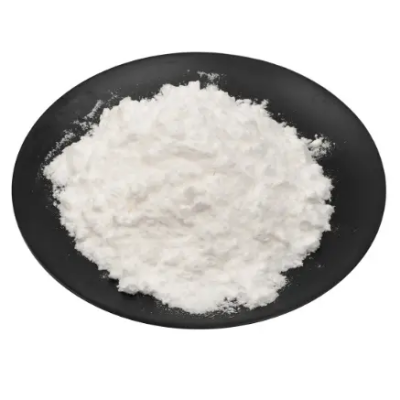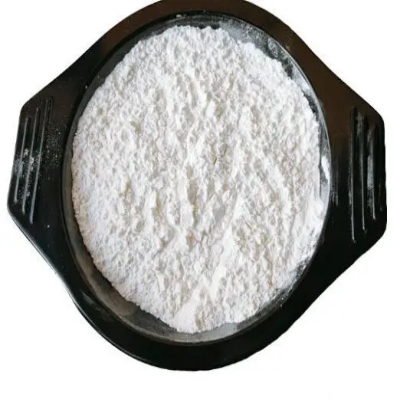4-Aminobenzo-2,1,3-thiadiazole CAS:767-64-6
4-Aminobenzo-2,1,3-thiadiazole has various applications in both scientific research and industry due to its versatile structure and potential functional properties. One of the primary uses of this compound is in pharmaceutical development, where it serves as a precursor for synthesizing bioactive compounds. The presence of both amino and thiadiazole groups allows for diverse chemical modifications that can enhance the pharmacological properties of derivatives. Researchers are particularly interested in exploring its potential as an antimicrobial, antiviral, or anticancer agent, making it a valuable target in drug discovery programs. In addition to its pharmaceutical applications, 4-aminobenzo-2,1,3-thiadiazole is utilized in the field of organic synthesis. Its functional groups enable it to participate in various chemical reactions, such as condensation and cyclization, facilitating the formation of complex organic molecules. This characteristic makes it useful for creating novel compounds with tailored properties for specific applications, including dyes, polymers, and agrochemicals. Moreover, this compound has gained attention in materials science due to its ability to interact with different metal ions, leading to the formation of coordination complexes. Such complexes can exhibit unique electronic and optical properties, making them suitable for applications in sensors, photonic devices, and catalysis. The incorporation of 4-aminobenzo-2,1,3-thiadiazole into material matrices may also enhance the performance of composites used in electronics and coatings. Additionally, the compound's potential utility in environmental chemistry is being explored. Its involvement in the degradation processes of pollutants and its capacity to act as a chelating agent for heavy metals could contribute to environmental remediation strategies, helping to mitigate pollution concerns. Finally, ongoing studies into the biological interactions and mechanisms of action of 4-aminobenzo-2,1,3-thiadiazole may yield valuable insights for developing safer and more effective therapeutic agents. By understanding how this compound interacts with biological systems, researchers can better predict its behavior and improve its applications in medicine and other fields. Overall, the multifaceted nature of 4-aminobenzo-2,1,3-thiadiazole underscores its significance across various domains, fostering advancements in scientific research, technology, and industrial applications.



| Composition | C6H5N3S |
| Assay | 99% |
| Appearance | white powder |
| CAS No. | 767-64-6 |
| Packing | Small and bulk |
| Shelf Life | 2 years |
| Storage | Store in cool and dry area |
| Certification | ISO. |









